

- RFQ
- BOM
-
Contact Us
Tel: +86-0755-83501315
Email: sales@sic-components.com
- Chinese
- English
- French
- German
- Portuguese
- Spanish
- Russian
- Japanese
- Korean
- Arabic
- Irish
- Greek
- Turkish
- Italian
- Danish
- Romanian
- Indonesian
- Czech
- Afrikaans
- Swedish
- Polish
- Basque
- Catalan
- Esperanto
- Hindi
- Lao
- Albanian
- Amharic
- Armenian
- Azerbaijani
- Belarusian
- Bengali
- Bosnian
- Bulgarian
- Cebuano
- Chichewa
- Corsican
- Croatian
- Dutch
- Estonian
- Filipino
- Finnish
- Frisian
- Galician
- Georgian
- Gujarati
- Haitian
- Hausa
- Hawaiian
- Hebrew
- Hmong
- Hungarian
- Icelandic
- Igbo
- Javanese
- Kannada
- Kazakh
- Khmer
- Kurdish
- Kyrgyz
- Latin
- Latvian
- Lithuanian
- Luxembou..
- Macedonian
- Malagasy
- Malay
- Malayalam
- Maltese
- Maori
- Marathi
- Mongolian
- Burmese
- Nepali
- Norwegian
- Pashto
- Persian
- Punjabi
- Serbian
- Sesotho
- Sinhala
- Slovak
- Slovenian
- Somali
- Samoan
- Scots Gaelic
- Shona
- Sindhi
- Sundanese
- Swahili
- Tajik
- Tamil
- Telugu
- Thai
- Ukrainian
- Urdu
- Uzbek
- Vietnamese
- Welsh
- Xhosa
- Yiddish
- Yoruba
- Zulu
- Kinyarwanda
- Tatar
- Oriya
- Turkmen
- Uyghur
External Watchdog Timer Ic
In the intricate realm of electronic systems, ensuring reliable operation is of paramount importance. One of the key components that play a pivotal role in maintaining system integrity is the External Watchdog Timer IC. This specialized integrated circuit is designed to monitor the operation of a system and take corrective actions when anomalies are detected, acting as a safeguard against system failures. sic-components.com/integrated-circuits-ics/power-management-pmic/supervisors/
How Does an External Watchdog Timer IC Work?
Basic Working Principle
At its core, an external watchdog timer IC functions as an independent monitoring device. It typically contains an internal timer that counts down from a preset value. The system being monitored is required to periodically send a signal, known as the "feed" or "kick the dog" signal, to the watchdog timer IC. This signal resets the timer, preventing it from reaching zero.
If, for any reason, the system fails to send the feed signal within the specified time interval, the watchdog timer will reach its timeout value. Once this happens, the watchdog timer IC will trigger a predefined action, usually a system reset. This reset action forces the system to restart, potentially clearing any software glitches or hardware malfunctions that caused the failure to send the feed signal.
Key Components and Their Functions
Timer: The heart of the watchdog timer IC, the timer is responsible for counting down. It can be based on various technologies such as RC (resistor - capacitor) circuits or more accurate crystal - based oscillators. RC - based timers are simple and cost - effective, but they may have some inaccuracies due to component tolerances and environmental factors. Crystal - based oscillators, on the other hand, offer higher precision in timekeeping. https://www.sic-components.com/integrated-circuits-ics/clocktiming
Input Pin (Feed Signal): This is the pin through which the system sends the feed signal to reset the timer. In most cases, it is a digital input, and a specific logic level (either high or low) is used to indicate the feed signal. The system is programmed to send this signal at regular intervals, and the interval between consecutive feed signals should be shorter than the timeout period of the watchdog timer.
Output Pin (Reset or Alarm): When the watchdog timer reaches its timeout value, the output pin changes its state. In the case of a reset output, it will generate a signal that is connected to the reset pin of the system's microcontroller or other critical components, forcing a system - wide reset. Some watchdog timer ICs may also have an additional alarm output, which can be used to signal an impending or already - occurred system malfunction to other parts of the system or for diagnostic purposes.
Applications of External Watchdog Timer ICs sic-components.com/integrated-circuits-ics/power-management-pmic/supervisors/
Embedded Systems
Embedded systems are found in a wide range of applications, from consumer electronics to industrial control systems. In these systems, external watchdog timer ICs are crucial for ensuring reliable operation. For example, in a smart home device that controls various appliances, a software glitch could cause the device to stop responding or malfunction. The external watchdog timer IC monitors the microcontroller's operation. If the microcontroller fails to send the feed signal due to a software bug, the watchdog timer will reset the device, restoring its normal functionality.
Industrial Control Systems
Industrial control systems are often responsible for controlling critical processes such as manufacturing, power generation, and transportation. A failure in these systems can have severe consequences, including equipment damage, production losses, and even safety hazards. External watchdog timer ICs are used to add an extra layer of protection. In a manufacturing plant, if a programmable logic controller (PLC) that controls the production line gets stuck in an infinite loop due to a software error or an external interference, the watchdog timer IC will detect the lack of feed signal and reset the PLC, minimizing downtime and preventing costly disruptions.
Automotive Systems
Automotive electronics have become increasingly complex, with numerous electronic control units (ECUs) managing different aspects of the vehicle's operation, such as engine control, braking systems, and infotainment. External watchdog timer ICs are essential in automotive applications to ensure the safety and reliability of these ECUs. For instance, in an engine control unit, if the software that controls the fuel injection system malfunctions, the watchdog timer IC can reset the ECU, preventing the engine from running erratically and potentially causing damage or a safety risk.
Medical Devices
Medical devices, such as pacemakers, infusion pumps, and diagnostic equipment, must operate with the highest level of reliability to ensure patient safety. External watchdog timer ICs play a vital role in these devices. In a pacemaker, for example, the microcontroller that controls the electrical impulses to the heart is constantly monitored by a watchdog timer IC. If the microcontroller experiences a software or hardware failure and fails to send the feed signal, the watchdog timer will reset the device, ensuring that the pacemaker continues to function correctly and deliver the necessary electrical impulses to regulate the patient's heart rhythm.
Types of External Watchdog Timer ICs sic-components.com/integrated-circuits-ics/power-management-pmic/supervisors/
Simple Watchdog Timer ICs
These are the most basic form of watchdog timer ICs. They typically have a fixed timeout period that is set either by an internal resistor - capacitor network or by external components such as a resistor and a capacitor. The system being monitored simply needs to send a feed signal within the set timeout period to prevent a reset. Simple watchdog timer ICs are cost - effective and suitable for applications where a basic level of monitoring is sufficient, such as in some low - end consumer electronics or simple embedded systems.
Programmable Watchdog Timer ICs
Programmable watchdog timer ICs offer more flexibility. They allow the user to set the timeout period through programming. This can be done either by writing to internal registers using a serial interface (such as I²C or SPI) or by using external pins to select different timeout values. These types of watchdog timer ICs are useful in applications where the optimal timeout period may vary depending on the specific requirements of the system or the software running on it. For example, in a complex industrial control system, different software tasks may have different execution times, and a programmable watchdog timer IC can be configured to have an appropriate timeout period for each task.
Window Watchdog Timer ICs
Window watchdog timer ICs are a more advanced type. Unlike traditional watchdog timer ICs that only require the feed signal to be sent within a certain time limit, window watchdog timer ICs have both a lower and an upper time limit. The system must send the feed signal within this "window" of time. If the feed signal is sent too early or too late, the watchdog timer will trigger a reset. This type of watchdog timer IC is particularly useful in applications where precise monitoring of the system's operation is required. In a communication system, for example, if the data transmission and reception tasks are expected to occur within specific time intervals, a window watchdog timer IC can be used to ensure that the software controlling the communication is operating correctly.
Choosing the Right External Watchdog Timer IC for Your Application sic-components.com/integrated-circuits-ics/power-management-pmic/supervisors/
Consideration of Application Requirements
Timeout Period: The first and foremost consideration is the required timeout period. This should be carefully determined based on the normal operating cycle of the system being monitored. If the timeout period is set too short, the system may be reset unnecessarily, causing disruptions. On the other hand, if it is set too long, a malfunction may go undetected for an extended period. For example, in a real - time control system where tasks need to be completed within a few milliseconds, a watchdog timer IC with a very short timeout period (in the order of milliseconds) would be appropriate.
Reset or Alarm Action: Decide whether a simple reset action is sufficient for your application or if you also need an alarm signal. In some cases, such as in a large industrial plant where multiple systems are interconnected, an alarm signal can be used to notify operators or other monitoring systems of a potential problem before a reset occurs. This allows for more proactive troubleshooting and may help prevent cascading failures.
Reliability and Safety Requirements: If your application is in a safety - critical field such as medical or automotive, you need to choose a watchdog timer IC with a high level of reliability. Look for ICs that have been tested and certified for use in such applications and that offer features like redundant monitoring or fail - safe operation.
Evaluation of IC Features
Accuracy of the Timer: As mentioned earlier, the accuracy of the timer in the watchdog timer IC is important. If the application requires precise timing, a crystal - based watchdog timer IC may be a better choice compared to an RC - based one. The accuracy of the timer can affect the reliability of the monitoring process, especially in applications where the difference between a timely reset and a late reset can have significant consequences.
Power Consumption: In battery - powered applications or systems where power efficiency is a concern, the power consumption of the watchdog timer IC should be considered. Some watchdog timer ICs are designed to operate with very low power, which can help extend the battery life of the device.
Interface Options: If you need to program the watchdog timer IC or communicate with it for diagnostic purposes, consider the available interface options. ICs with I²C or SPI interfaces are common and offer easy integration with microcontrollers. These interfaces allow for flexible configuration of the watchdog timer's parameters, such as the timeout period or the type of reset action.
Selection of IC Supplier
Cost Analysis
Unit Cost: The unit cost of the watchdog timer IC is an obvious consideration, especially in high - volume applications. However, it should not be the sole determining factor. Cheaper ICs may not always offer the required features, reliability, or performance. It is important to balance the cost with the other requirements of your application.
Total Cost of Ownership: Consider the total cost of ownership, which includes factors such as the cost of any additional components required for the watchdog timer IC to function properly, the cost of development and testing, and the potential cost of system failures if an inappropriate watchdog timer IC is selected. For example, if a cheaper watchdog timer IC leads to more frequent system failures and costly downtime, the overall cost may be higher than if a more expensive but more reliable IC was chosen.
Design Considerations for Using External Watchdog Timer ICs sic-components.com/integrated-circuits-ics/power-management-pmic/supervisors/
Circuit Design
Power Supply Considerations: The watchdog timer IC should be powered from a stable power source. In some cases, it may be necessary to use a separate power supply for the watchdog timer IC to ensure its independent operation. This can prevent the watchdog timer from being affected by power fluctuations or glitches in the main system power supply. Additionally, proper decoupling capacitors should be used to filter out any high - frequency noise that could interfere with the operation of the watchdog timer IC.
Connection to the System: The connection between the watchdog timer IC and the system being monitored should be carefully designed. The feed signal line should be routed in a way that minimizes the risk of interference. In some cases, it may be necessary to use shielding or differential signaling to ensure the integrity of the feed signal. The reset output of the watchdog timer IC should be connected directly to the reset pin of the system's microcontroller or other critical components. The connection should be made in a way that ensures a reliable reset signal is delivered, even in the presence of electrical noise or other disturbances.
Software Design
Feed Signal Generation: The software running on the system must be designed to generate the feed signal at the appropriate intervals. This may involve creating a dedicated task or function that is responsible for sending the feed signal. The frequency of the feed signal should be carefully determined based on the timeout period of the watchdog timer IC. Additionally, the software should be designed to handle any errors or exceptions that may occur during the generation of the feed signal. For example, if there is a communication failure between different parts of the software that are involved in generating the feed signal, the software should have a mechanism to either retry or take alternative actions to ensure the feed signal is sent.
Handling of Reset Events: When a reset event is triggered by the watchdog timer IC, the software should be designed to handle it gracefully. This may involve initializing the system's variables, re - establishing any communication links, and restarting any critical tasks. In some cases, the software may also need to log the reset event for diagnostic purposes. The reset handling code should be simple and reliable to ensure that the system can quickly recover and resume normal operation.
External watchdog timer ICs are indispensable components in modern electronic systems. They provide a reliable and effective means of monitoring system operation and taking corrective actions in case of malfunctions. By understanding their working principles, applications, types, and design considerations, engineers can make informed decisions when selecting and using these ICs in their projects. Whether it is in embedded systems, industrial control, automotive, or medical applications, external watchdog timer ICs play a crucial role in ensuring the reliability, safety, and continuous operation of electronic systems, making them an essential part of any engineer's toolkit.
sic-components.com/integrated-circuits-ics/power-management-pmic/supervisors/

Hot Products
View MoreRelated Blogs

2000+
Daily average RFQ Volume

30,000,000
Standard Product Unit

2800+
Worldwide Manufacturers

15,000 m2
In-stock Warehouse



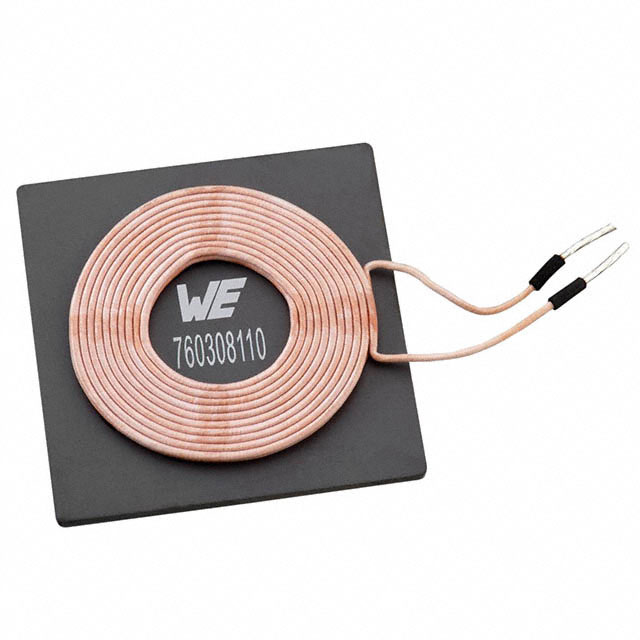
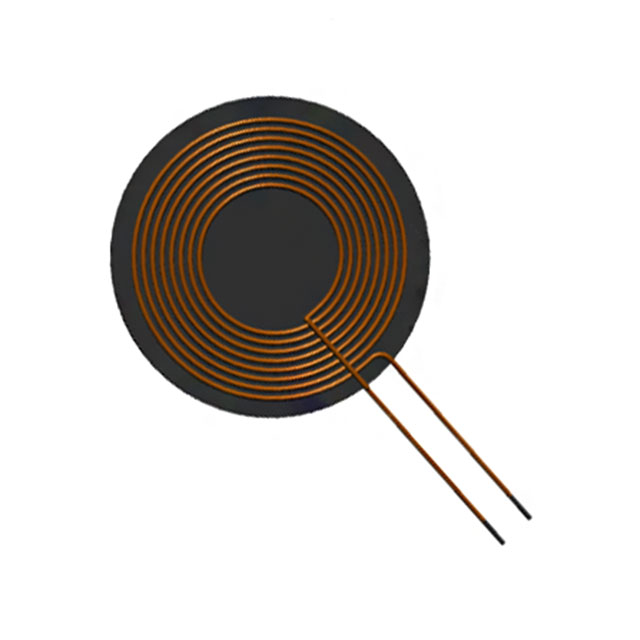


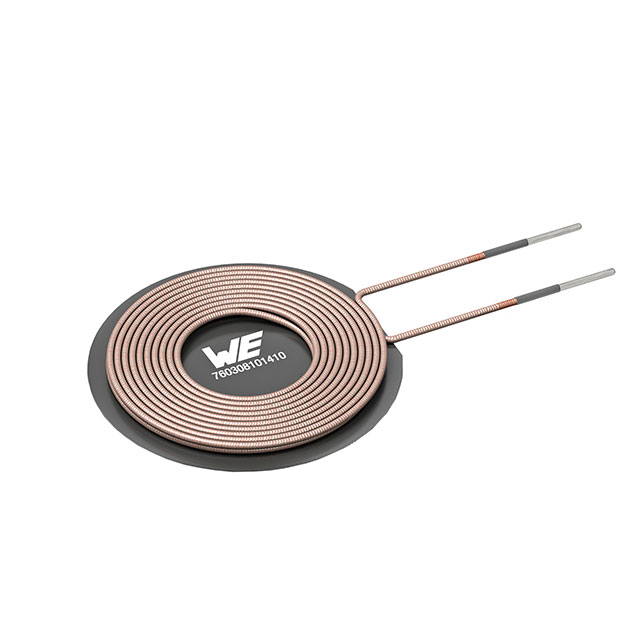



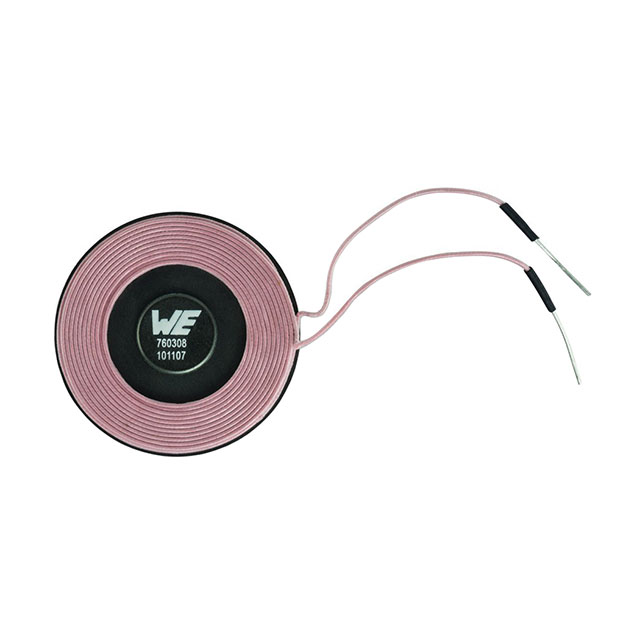
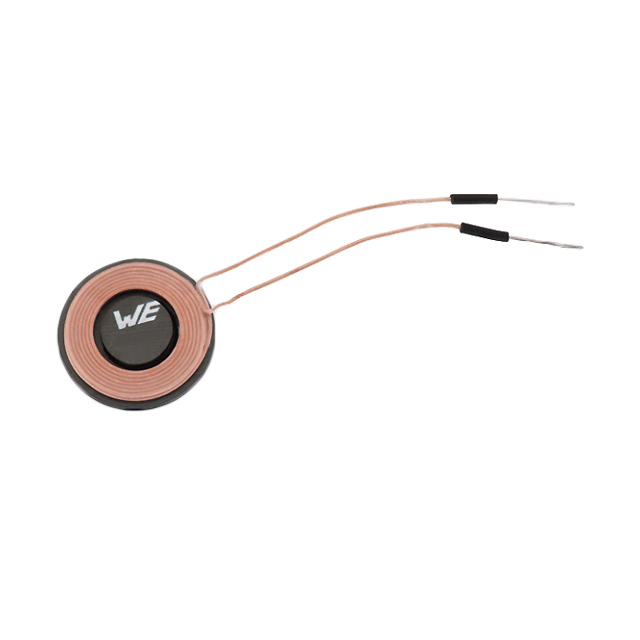

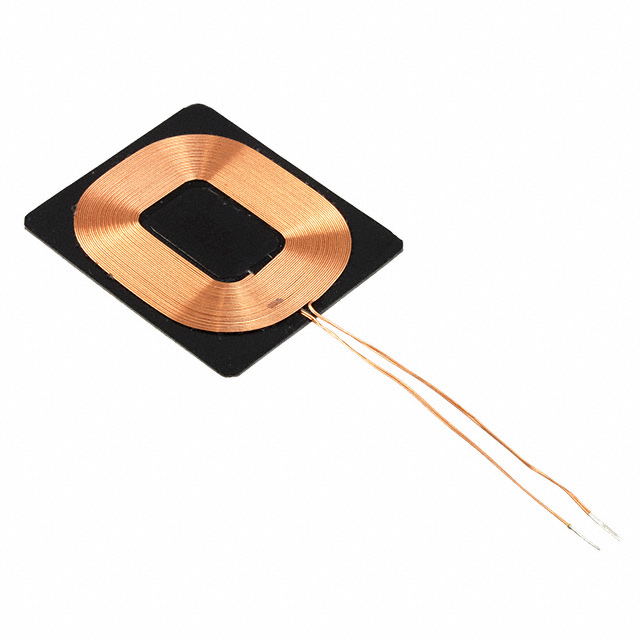
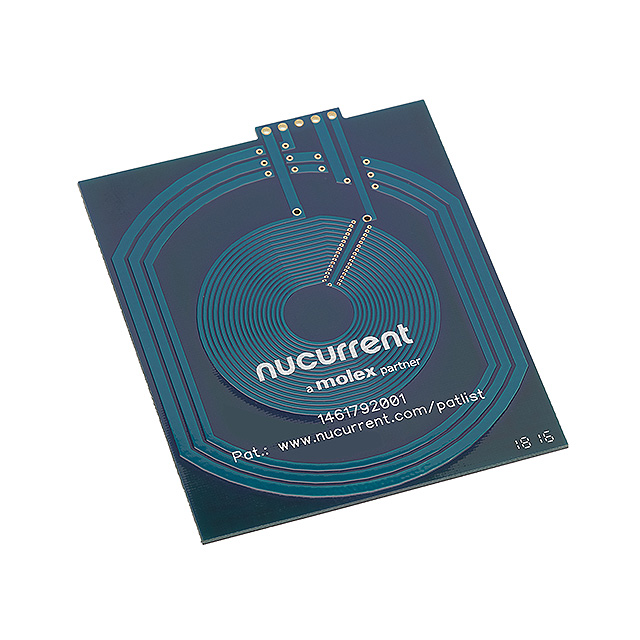









 Wishlist (0 Items)
Wishlist (0 Items)